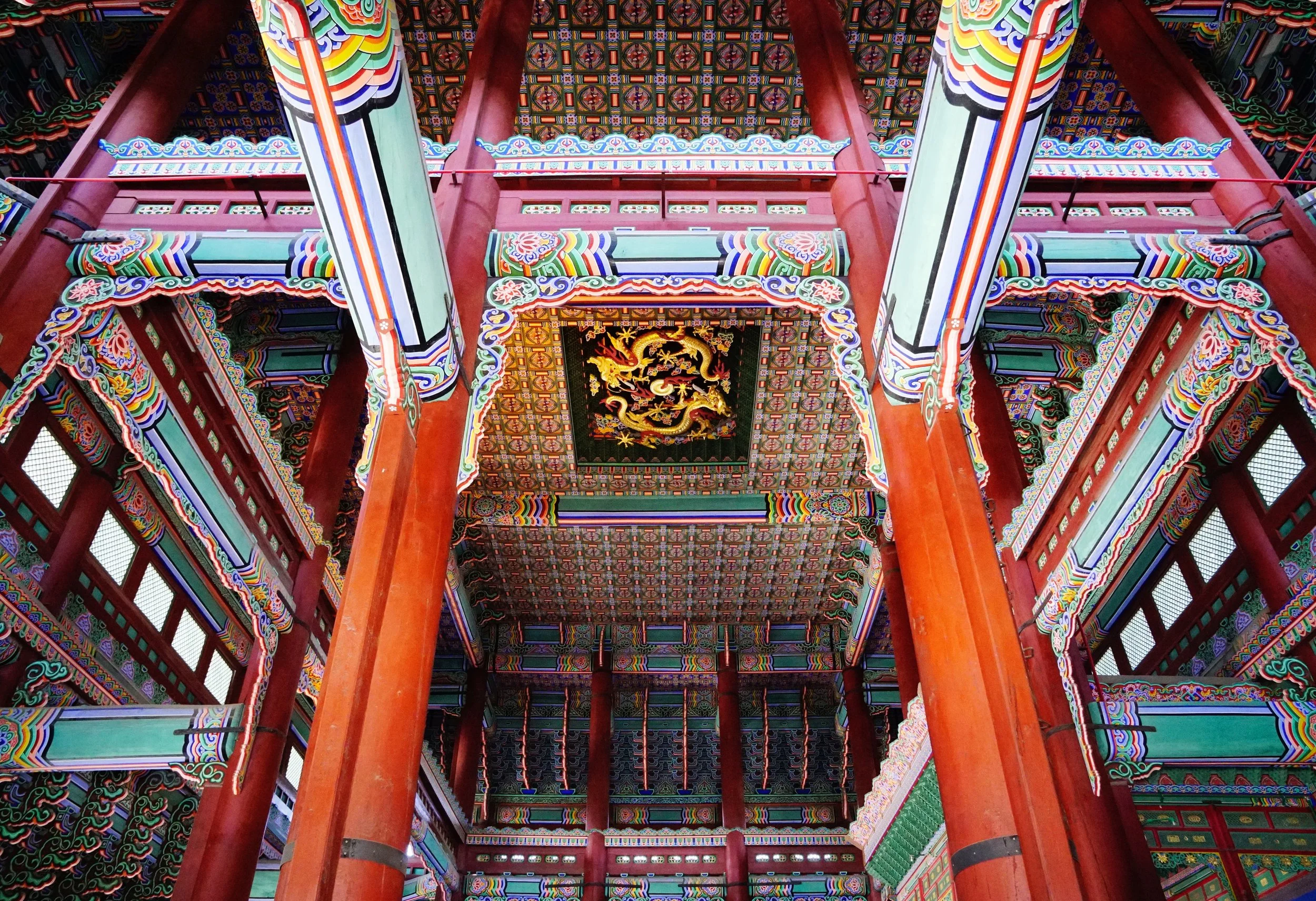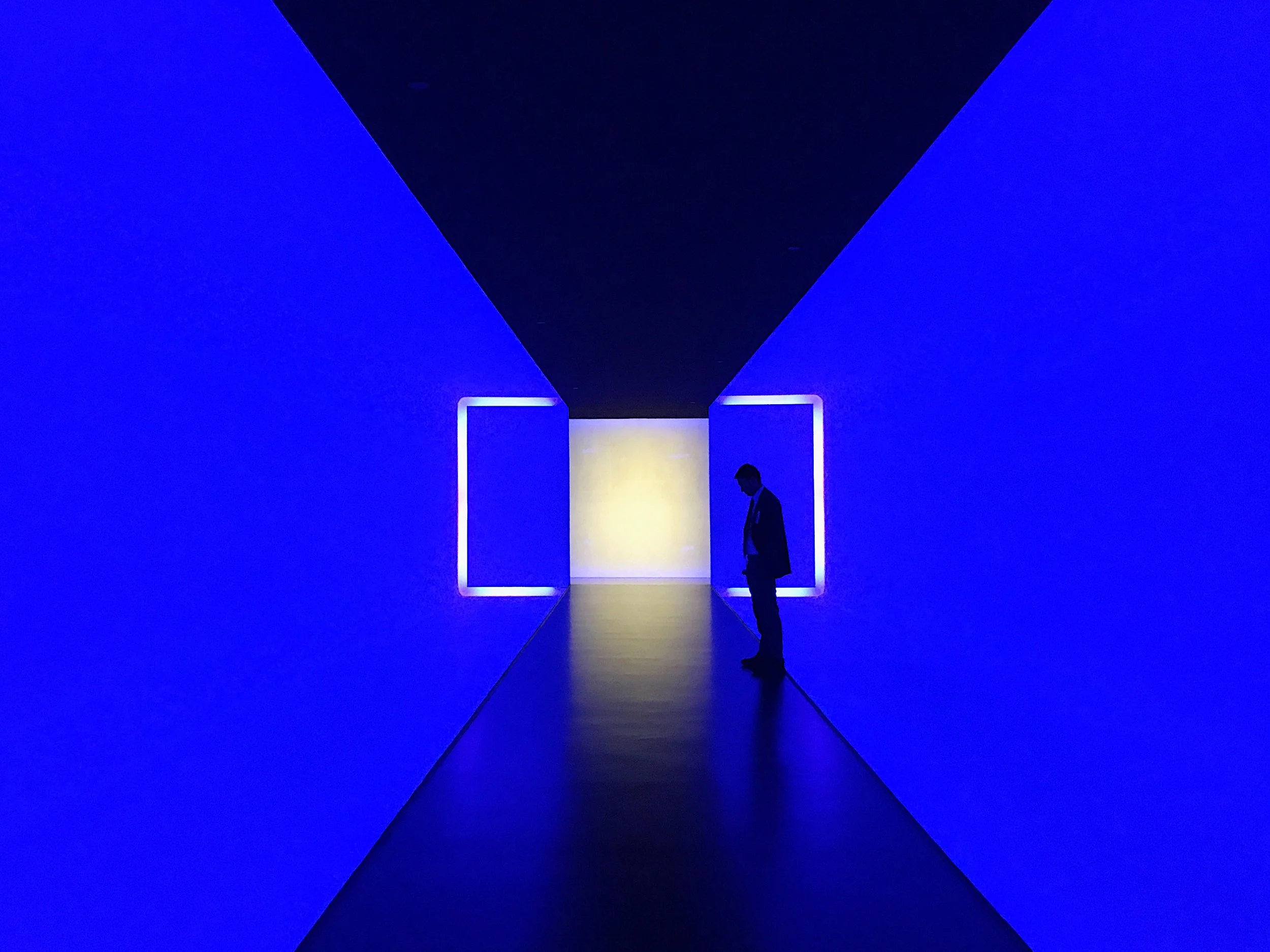Ikseon-dong Hanok Village is a neighborhood in Seoul that even residents of the city are just now rediscovering. Thanks to a few friends in Seoul, I was able to find it and visit this bohemian hideaway. It is a traditional "hanok" (a Korean traditional house) village developed in the 1920s tucked away in the center of Seoul. Ikseon-dong was, and is, easily overlooked because it is surrounded by skyscrapers. This village was created to be transitional housing for low-income families so the entire neighborhood is comprised of low-rise buildings with wooden doors along narrow alleyways, a very modest and raw vibe.
This hanok had been deteriorating over the years and largely forgotten until some entrepreneurial folks saw an opportunity to renovate the houses and convert them into coffee shops, tea houses, cafes, restaurants, clubs, comic book lounges, ice cream parlors, and vintage stores. All this development is very recent and Ikseon-dong is undergoing a massive resurgence. It is less crowded than other villages and much more authentic and creative.
I walked into Plant Cafe and was greeted by this amazingly stylish and handsome man with his chic slicked back hair, delicate tortoise shells glasses, large collared shirt, high waisted pants, and cognac leather shoes. I wanted to take a photo of the space and insisted that he be in the picture. He resisted at first, but eventually stepped into the natural light. I am not a great portrait photographer so I don't think this photo does him justice, but I loved his look in this industrial, raw, unfinished space.
Long story short, Ikseon-dong Hanok Village has to be on your list of places to experience if you make it to Seoul. When you do, stop by Plant Cafe and take a better shot of this guy for me.











